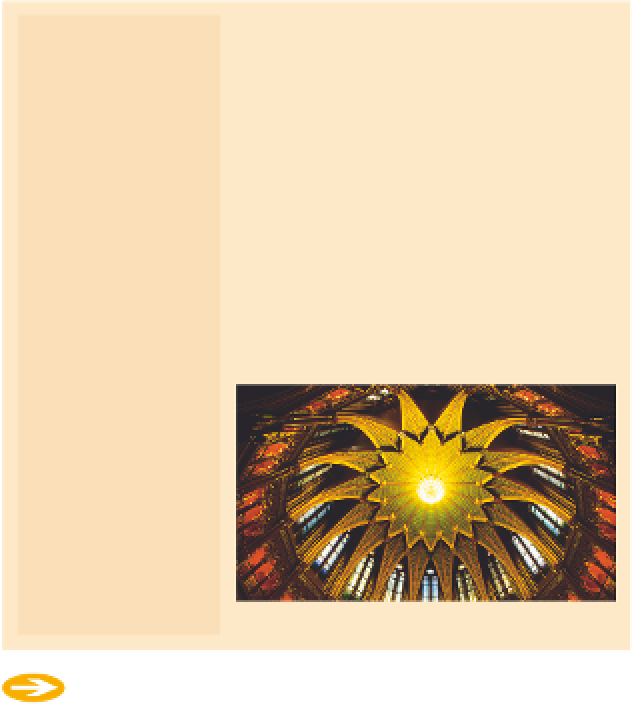Travel Reference
In-Depth Information
1446. He is best remembered
for defeating the Turks in the
Battle of Belgrade in 1456.
*
Mátyás Corvinus
elect its own king. Thereafter, the
Habsburgs inherited the throne
and Charles VI, the last Holy
Roman Emperor of the direct
Habsburg line, became Charles
VI King of Bohemia as well as
Charles III King of Hungary. He
spent much of his reign ensuring
that his daughter, Maria Theresa,
would succeed him.
)
Maria Theresa
(Matei Corvin)
The second son of János, Mátyás
was born in Cluj-Napoca,
Transylvania, and is generally
considered to be the greatest of
all Hungarian kings. Crowned in
1458 at the age of 15, he was a
Renaissance man who valued the
sciences, arts and architecture,
inviting foreign writers, humanists,
musicians and artists to his court.
The irst Hungarian printing press
and library were founded during
his 32-year reign.
(
Charles III
Maria Theresa acceded to
the throne in 1740, cementing
Hungary's position as an integral
part of the Habsburg Empire.
Budapest became an imperial
city and the magniicent
Habsburg Royal Palace was built
during her reign. The city also
became a centre of Central
European art, second only to
Vienna. Maria ruled Hungary until
her death in 1780.
In 1687, Hungary finally
succumbed to Austrian domina-
tion and renounced its right to
The Domed Hall
Top 10 Dates in the
Parliament's History
1 1885 Foundation stone
laid, 12 Oct
2 1896 First session of
Parliament, 15 Mar
3 1902 Parliament building
completed
4 1912 Assassin attempts
to shoot speaker, 4 Jun
5 1920 Treaty of Trianon
strips Hungary of two-
thirds of its territory, 4
Jun
6 1944 Hungary becomes
a unicameral Republic
7 1955 Parliament with-
draws from the bloc of
Soviet-backed nations
8 1958 Execution of Prime
Minister Imre Nagy, Jun
9 1989 Communists allow
multi-party elections, Oct
0 1990 MPs take their
seats after post-Com-
munist elections, 2 May
The irst section of the Parliament to be completed was
the Domed Hall in 1896. It was used for a special ses-
sion of Parliament held during Budapest's Millennium
Celebrations. The 16-sided dome - which, at 96 m
(315 ft), is the same height as that of St Stephen's
Basilica - was designed to convey a sense of ampli-
ied space. Each of the 16 pillars supporting the dome
bears the statue and coat of arms of a signiicant
Hungarian ruler. Apart from the ten dignitaries men-
tioned above, the six remaining statues represent (in a
clockwise direction) Könyves Kálmán, András III, István
Báthory, István Bocskai, Gábor Bethlen and Leopold II.
Magniicent ceiling of the Domed Hall
11





















































